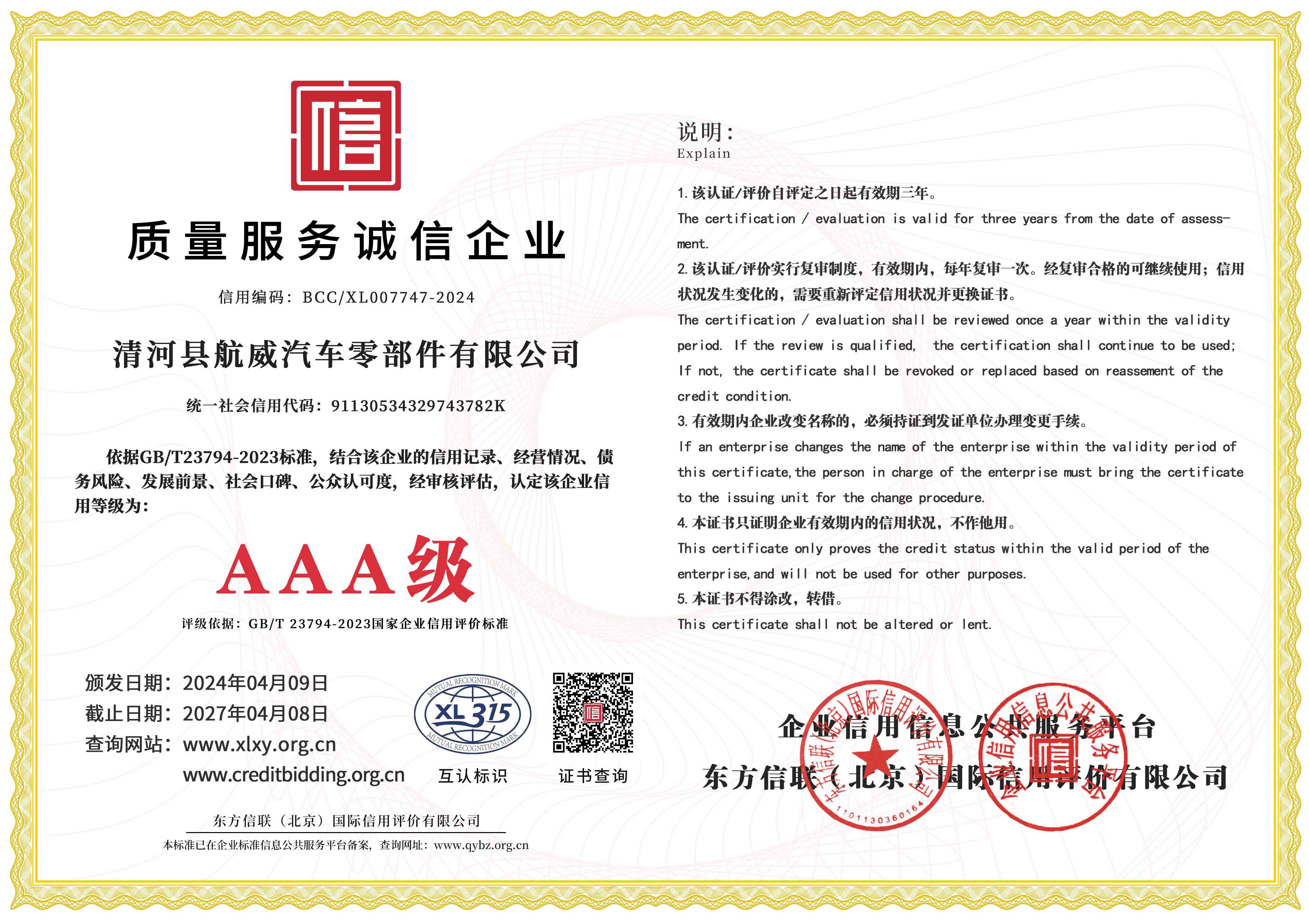accelerator cable
Understanding Accelerator Cables A Critical Component in Automotive Performance
When it comes to automobiles, various components work together in harmony to ensure optimal performance, efficiency, and driver experience. One such essential component is the accelerator cable. Although it may seem like a small part, the accelerator cable plays a crucial role in the interaction between the driver and the vehicle's engine, influencing acceleration, responsiveness, and overall driving dynamics.
What is an Accelerator Cable?
The accelerator cable is a flexible, steel wire that connects the accelerator pedal to the engine's throttle body. When the driver presses the accelerator pedal, the cable transmits this action to the throttle, allowing more air and fuel into the engine, which results in increased power and acceleration. Traditionally, accelerator cables were mechanical, but with the advent of modern automotive technology, many newer vehicles have transitioned to electronic throttle control systems. This shift allows for more precise control over the engine's performance and can enhance fuel efficiency, but understanding the role of traditional accelerator cables remains crucial.
The Design and Functionality of Accelerator Cables
Accelerator cables are designed to endure tension and resistance, reflecting the forces applied by the driver on the pedal. Typically, the cable consists of a steel core surrounded by a protective cover, often made from a type of rubber or plastic to resist wear, abrasion, and environmental conditions. The entire assembly is designed to provide a smooth operation, minimizing friction and improving the response time between the accelerator pedal and the engine.
The design of the accelerator cable is critical. It must be long enough to allow for the necessary movement of the pedal but also serve to maintain tension so that slack does not interfere with performance. The cable interacts with various components, including the return spring in the throttle body, which ensures that the throttle closes when the pedal is released.
Signs of Accelerator Cable Issues
accelerator cable

Despite their robust design, accelerator cables can suffer from wear and tear over time, leading to potential issues. Drivers may notice several symptoms indicating a problem with the accelerator cable
1. Unresponsive Pedal If the accelerator pedal feels stuck or doesn’t respond, this may indicate that the cable is frayed or damaged. 2. Delayed Acceleration A delay between pressing the pedal and the vehicle responding can suggest that the cable is not functioning correctly, which can affect driving safety.
3. Inconsistent Power Delivery Rough or erratic acceleration can also signal an issue with the accelerator cable, leading to an unpredictable driving experience.
4. Visible Damage Physical inspection of the accelerator cable may reveal fraying, corrosion, or other signs of wear, necessitating immediate replacement.
Maintenance and Replacement
Routine maintenance can help extend the lifespan of the accelerator cable. Regularly inspecting the cable for signs of wear and ensuring it is properly lubricated can prevent issues before they develop. If a replacement is necessary, it is crucial to select a high-quality part compatible with the specific vehicle model. Improperly matched or inferior cables may lead to further complications and affect vehicle safety.
In conclusion, while the accelerator cable may not be the most glamorous component of an automobile, its role is undeniably vital. Understanding its functionality, recognizing the signs of wear, and performing regular maintenance are essential steps in ensuring that a vehicle operates smoothly and safely. Whether a driver is navigating through urban streets or cruising down a highway, the reliability of the accelerator cable profoundly impacts the overall driving experience. As automotive technology continues to evolve, the principles behind traditional components like the accelerator cable remain relevant, emphasizing their importance in engine performance and driver satisfaction.
-
Workings of Clutch Pipe and Hose SystemsNewsJun.04,2025
-
The Inner Workings of Hand Brake Cable SystemsNewsJun.04,2025
-
The Secrets of Throttle and Accelerator CablesNewsJun.04,2025
-
The Hidden Lifeline of Your Transmission Gear Shift CablesNewsJun.04,2025
-
Demystifying Gear Cables and Shift LinkagesNewsJun.04,2025
-
Decoding Clutch Line Systems A Comprehensive GuideNewsJun.04,2025
